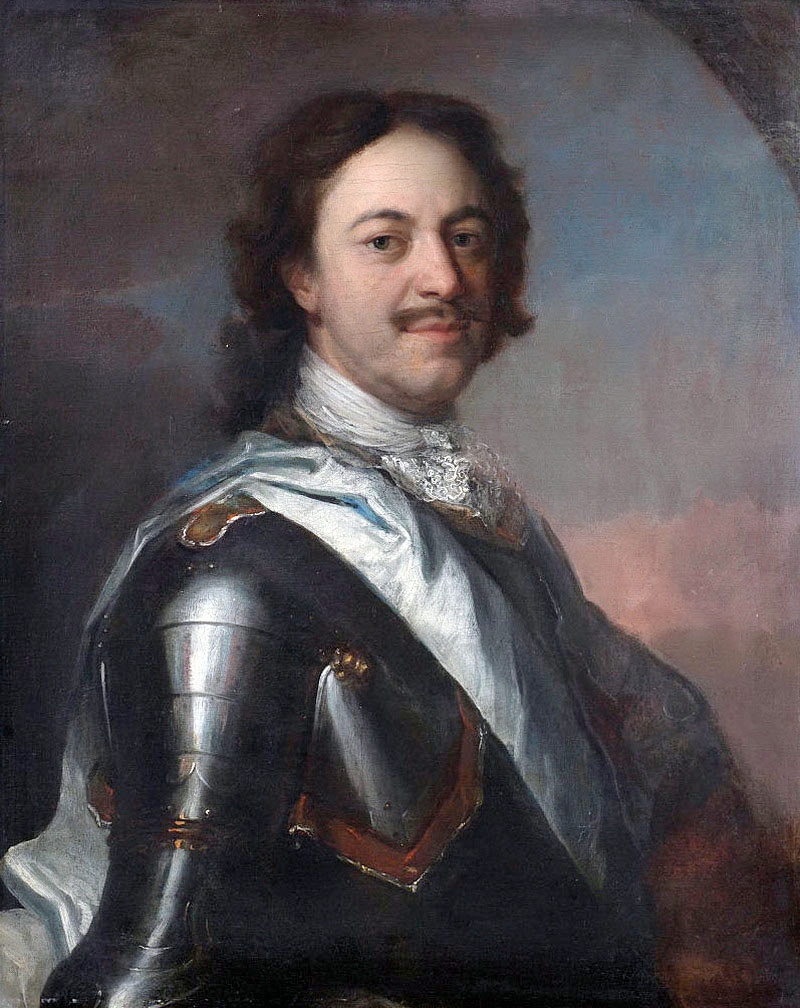Crazy Facts about History’s World Leaders: Part 9
1. Peter the Great of Russia, known for his numerous reforms and aggressive foreign policies, also had a peculiar fascination with dwarfs and tall women. In fact, he once hosted a mock wedding between his favorite dwarf, Grigory Grigoryev, and a woman named Varvara Karatygina, who was over seven feet tall. The ceremony was held in honor of Peter’s own marriage and was attended by a select group of guests, including many members of Russian high society.
2. King Henry VII of England, the founder of the Tudor dynasty, was known for his love of jewelry and accessories to enhance his appearance. Among his many possessions was a giant codpiece, a type of undergarment designed to support and enlarge men’s private parts. Henry’s codpiece was decorated with precious stones and metals, including rubies, emeralds, and gold, and was reportedly one of the largest and most elaborate of its kind in history.
3. Cleopatra, the last queen of ancient Egypt, was not only a beautiful and intelligent woman but also a savvy strategist when it came to reproductive health. One of her methods of birth control was the use of crocodile dung, which was shaped into a block and inserted into a woman’s private parts as a pessary. Although this may seem somewhat repulsive to modern sensibilities, ancient Egyptians and Mesopotamians believed that the dung had medicinal properties, and its use as a form of contraception dates back to at least the 12th century BC.
4. Queen Elizabeth I of England, beloved for her cultural achievements and renowned for her intricately coiled golden hair, was also known for her fondness for sweets. Her diet, however, took a toll on her dental health, and by the end of her reign, many of her teeth had rotted and fallen out. This led to the development of a legend that Elizabeth wore a false tooth made from an elephant’s tusk, but in reality, her dentist used materials such as gold, ivory, and human teeth to craft replacement teeth for her.
5. King Louis XV of France, known for his extravagant lifestyle and lavish court, had a unique preference for insect swatting devices. In 1745, Louis commissioned a diamond-studded flyswatter, which was made by the famous Parisian jeweler Frančois Abraham B zijnvenet. The instrument, which was over a foot long, featured a handle made of solid gold and a swatting surface decorated with dozens of precious stones. It has since become a famously eccentric artifact, showcasing Louis’s love of opulence and his desire for comfort and convenience, even in the smallest of tasks.
6. Genghis Khan, the founder of the Mongol Empire, is infamous for his brutal tactics in war, but less well-known is his affection for kittens. When Genghis Khan was a child, he was found abandoned with his mother and two sisters. Their tribe ultimately brought them into their fold, and Genghis’s mother came to prefer caring for the kittens over tending to her son. This experience instilled in Genghis Khan a tenderness for cats that he carried with him into adulthood, earning him a reputation as a lover of feline companions, and his fondness for cats is still celebrated in Mongolian folklore today.



